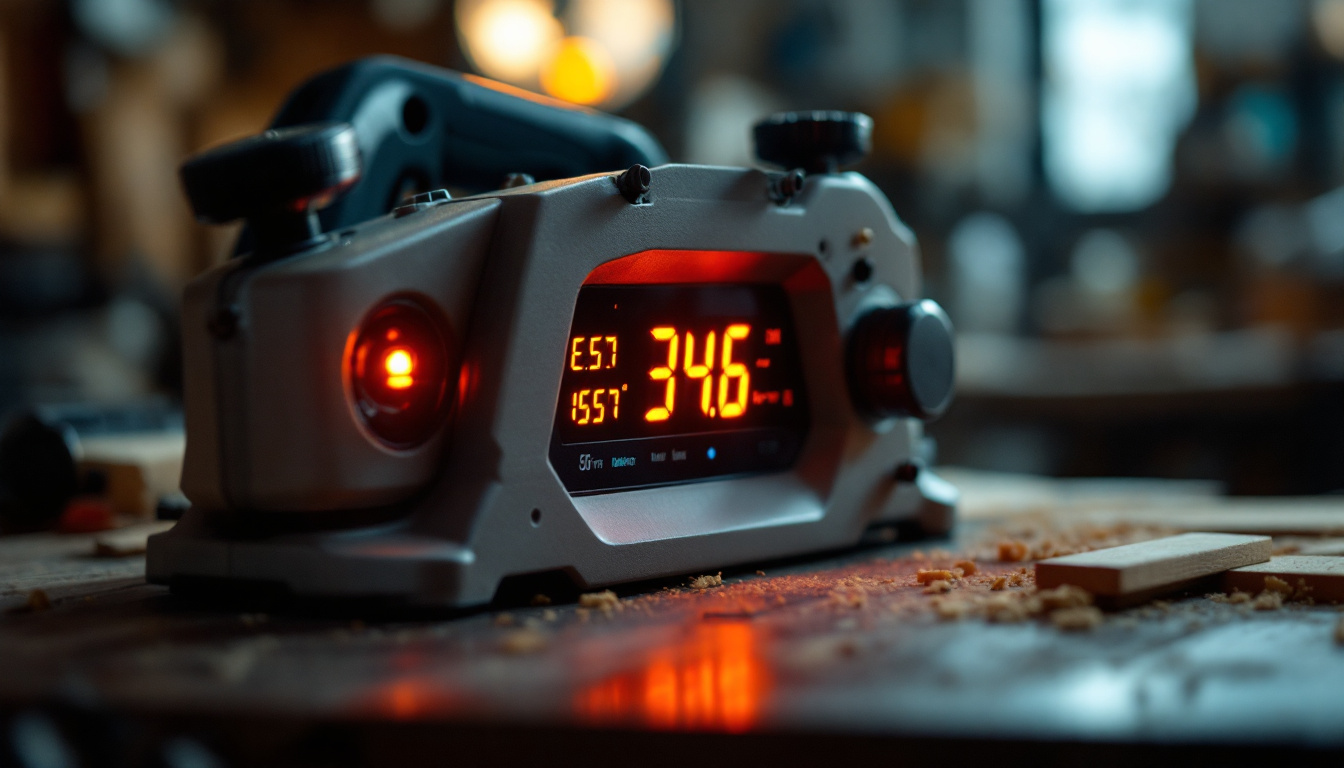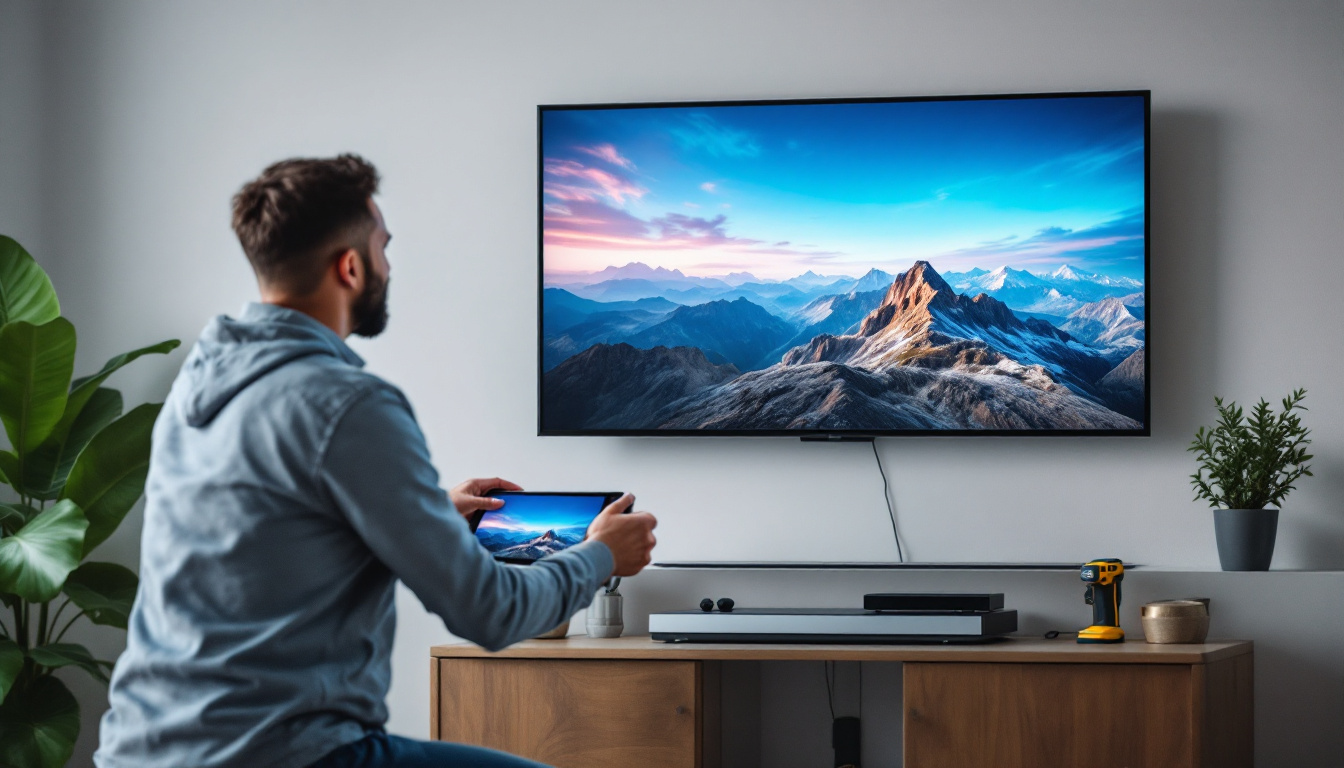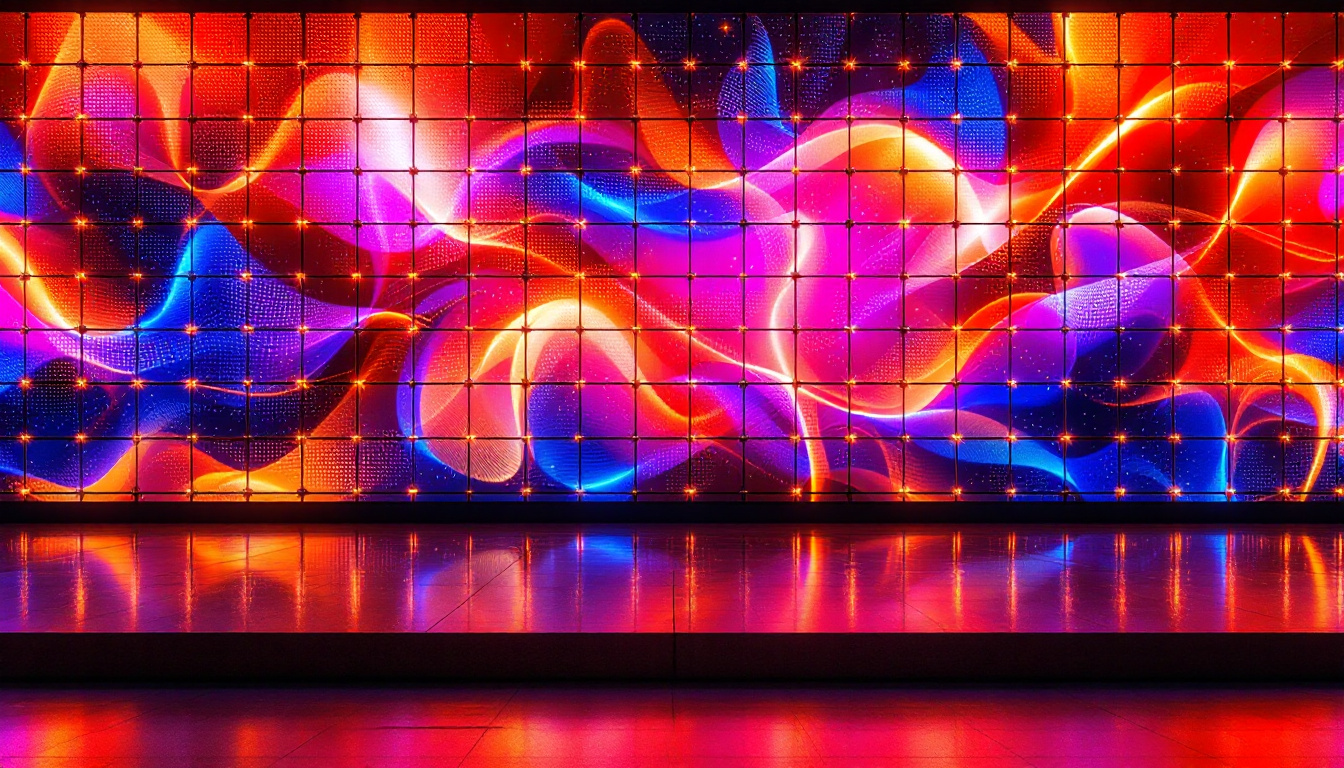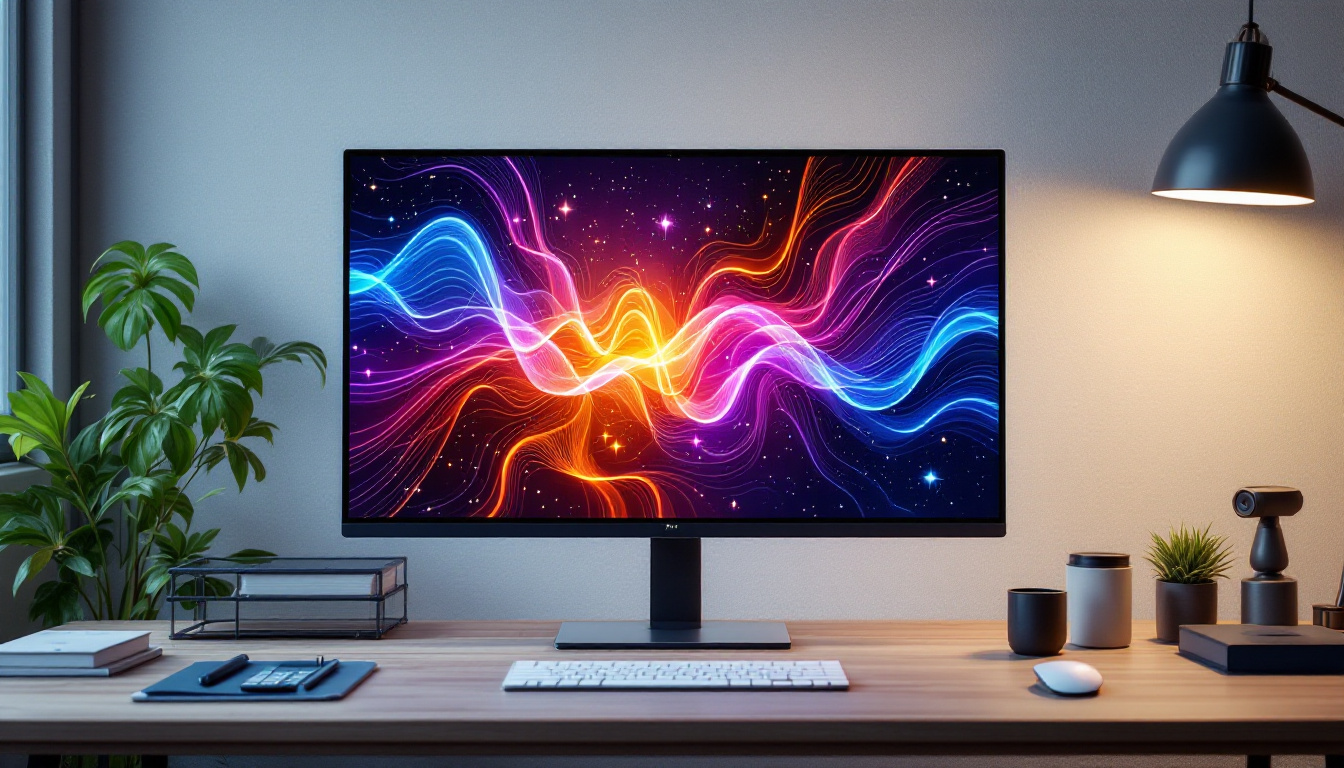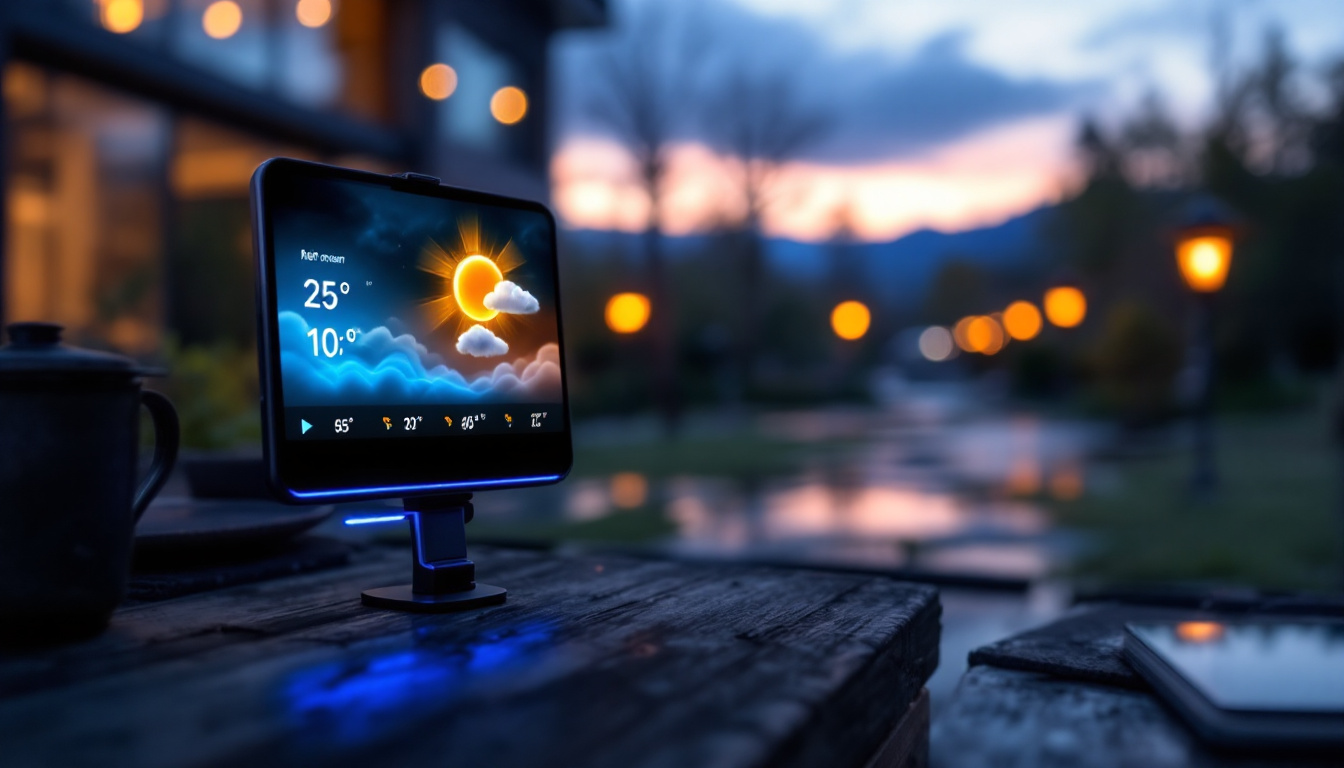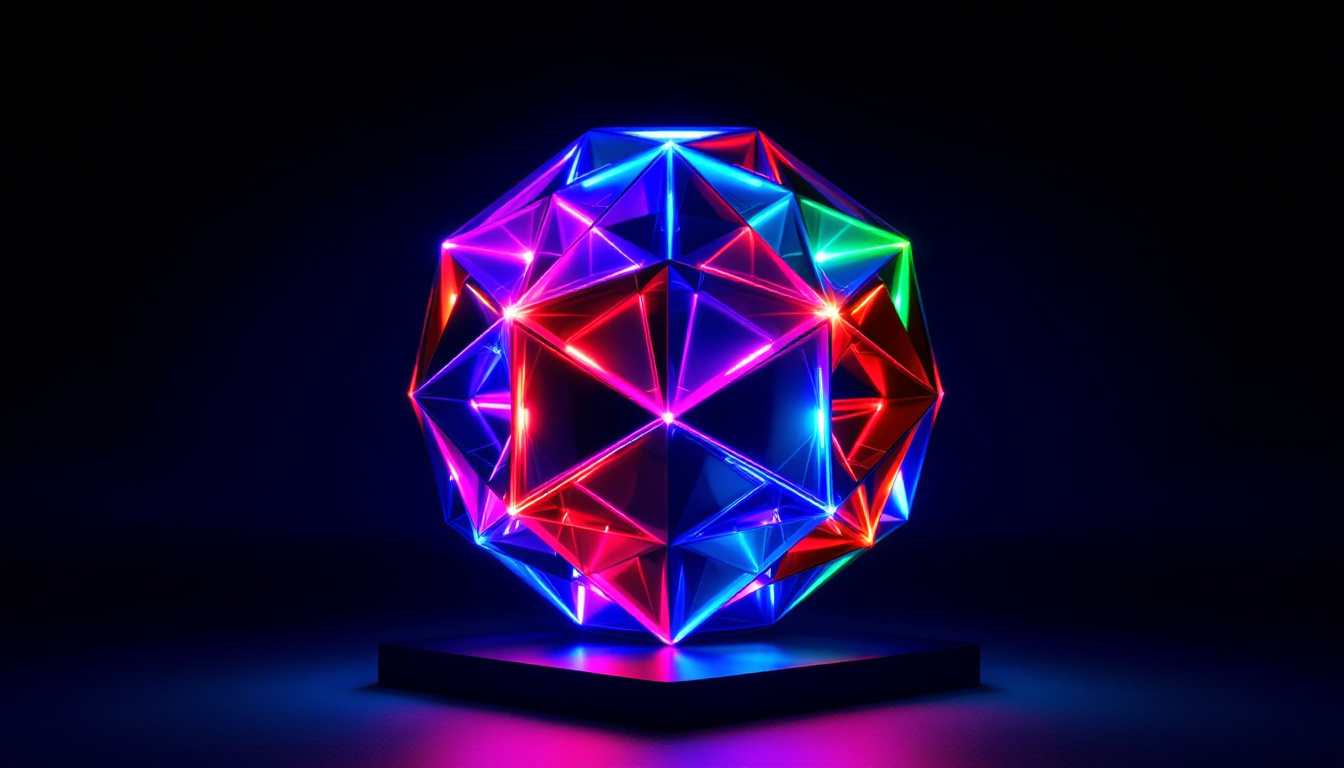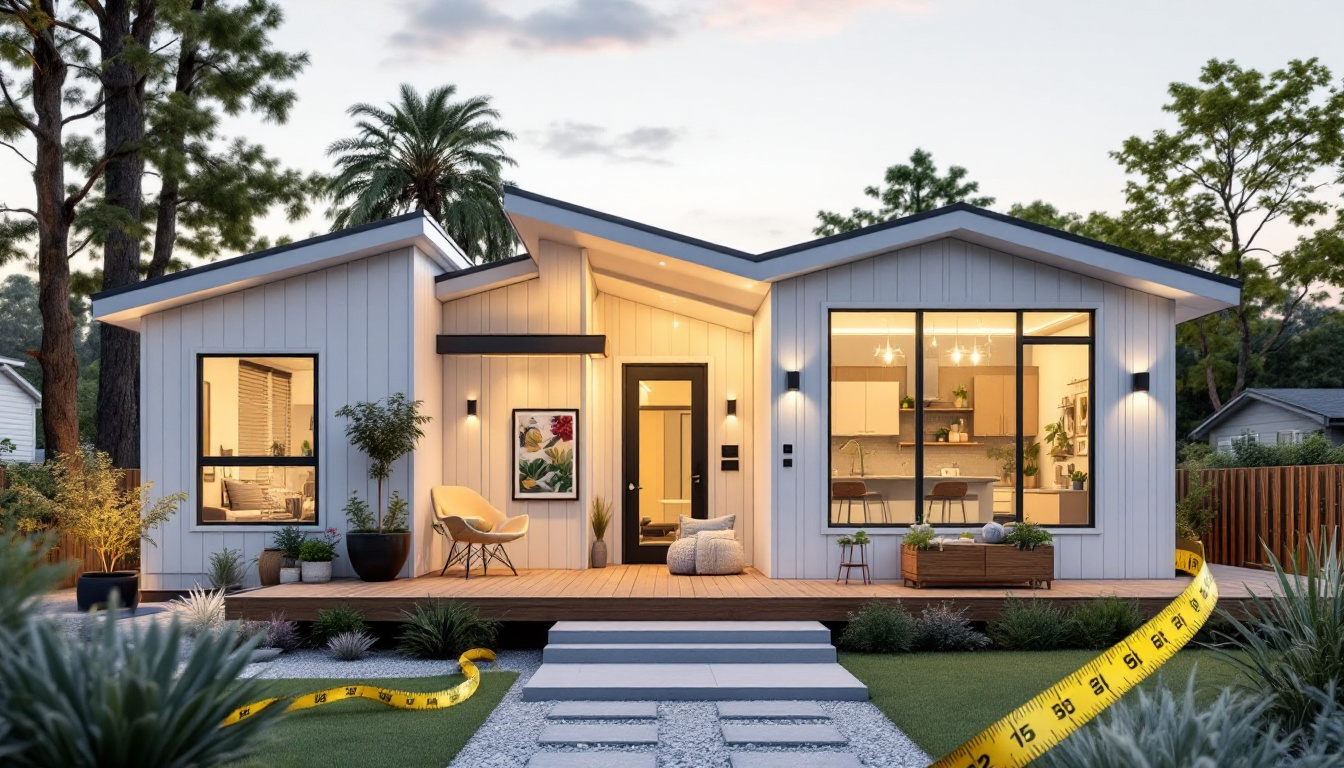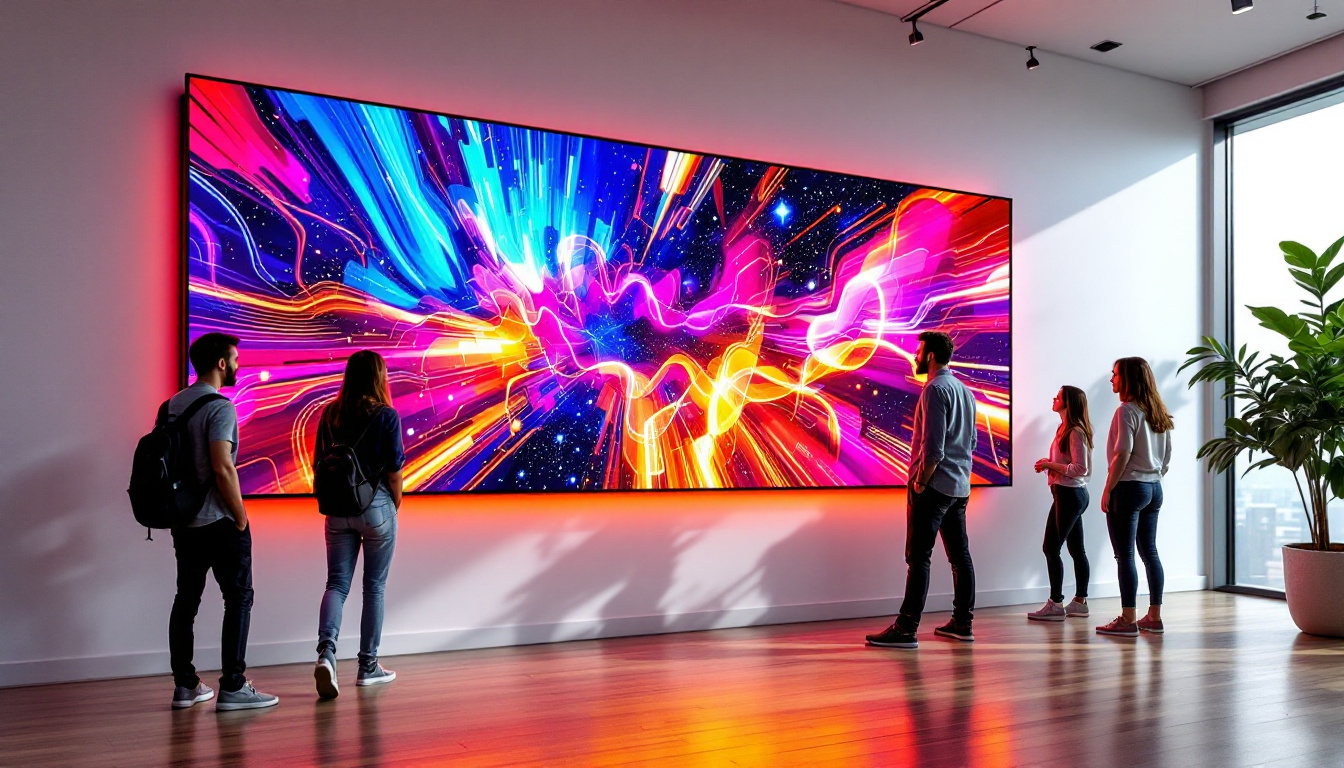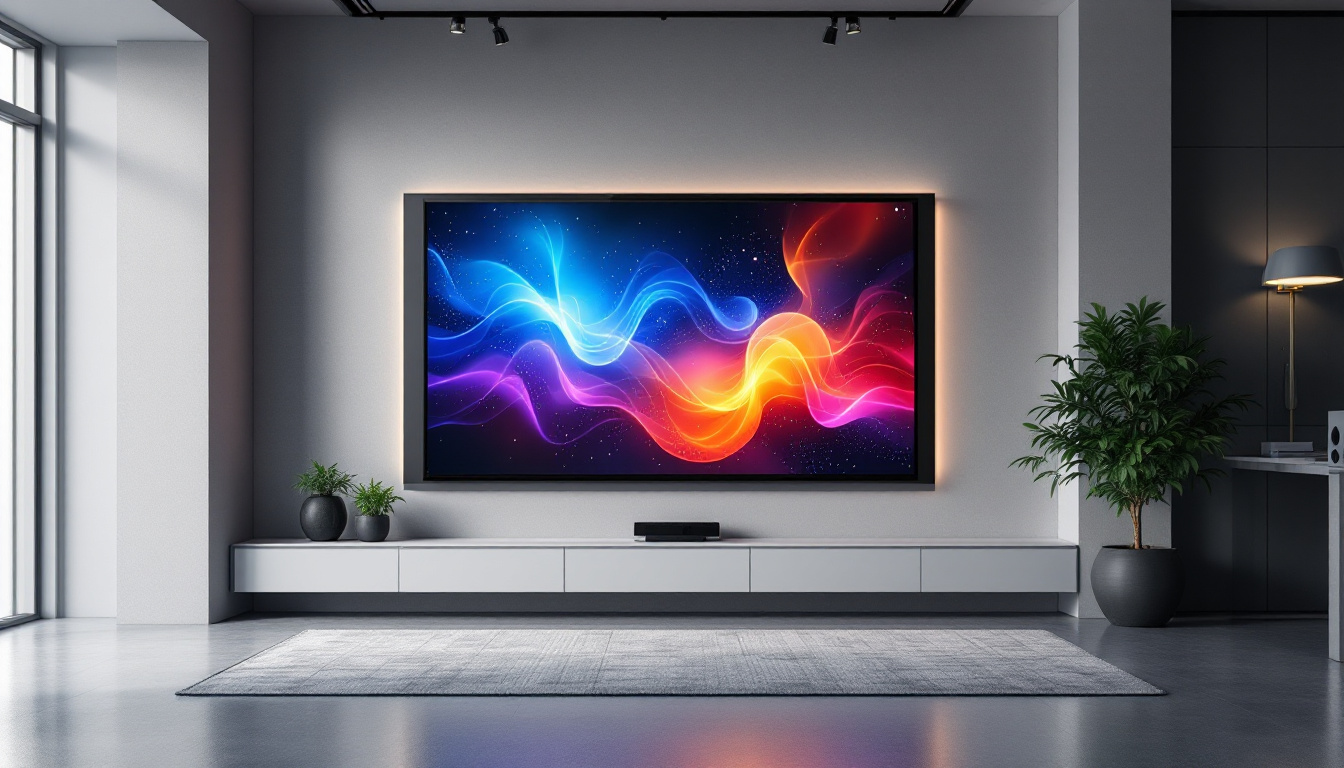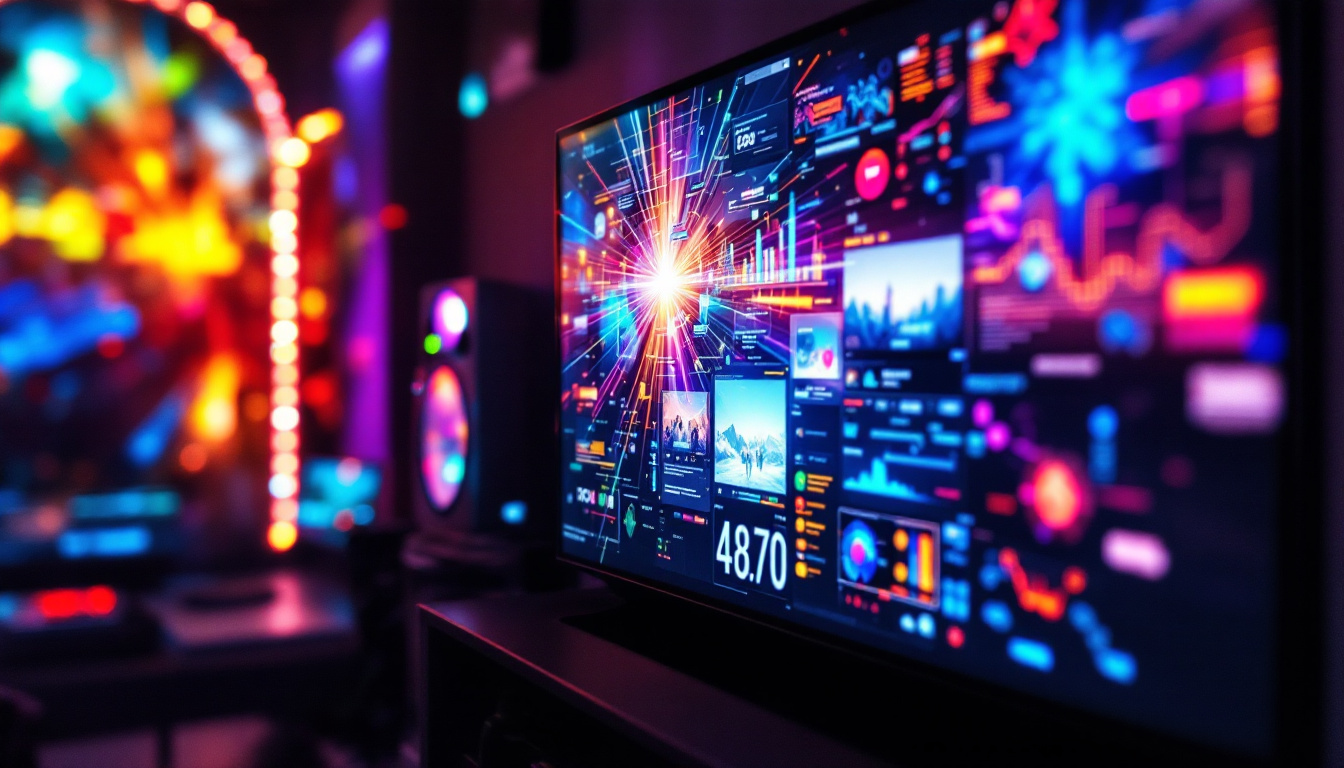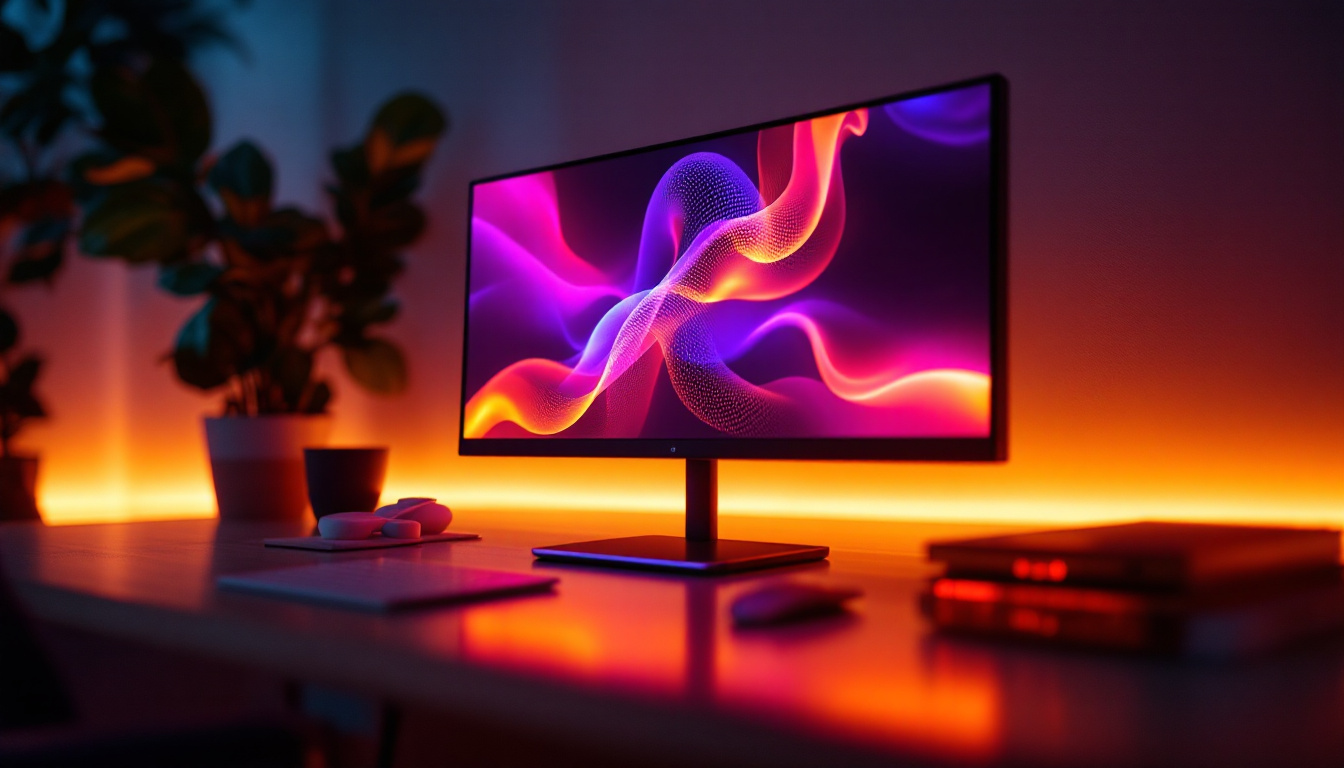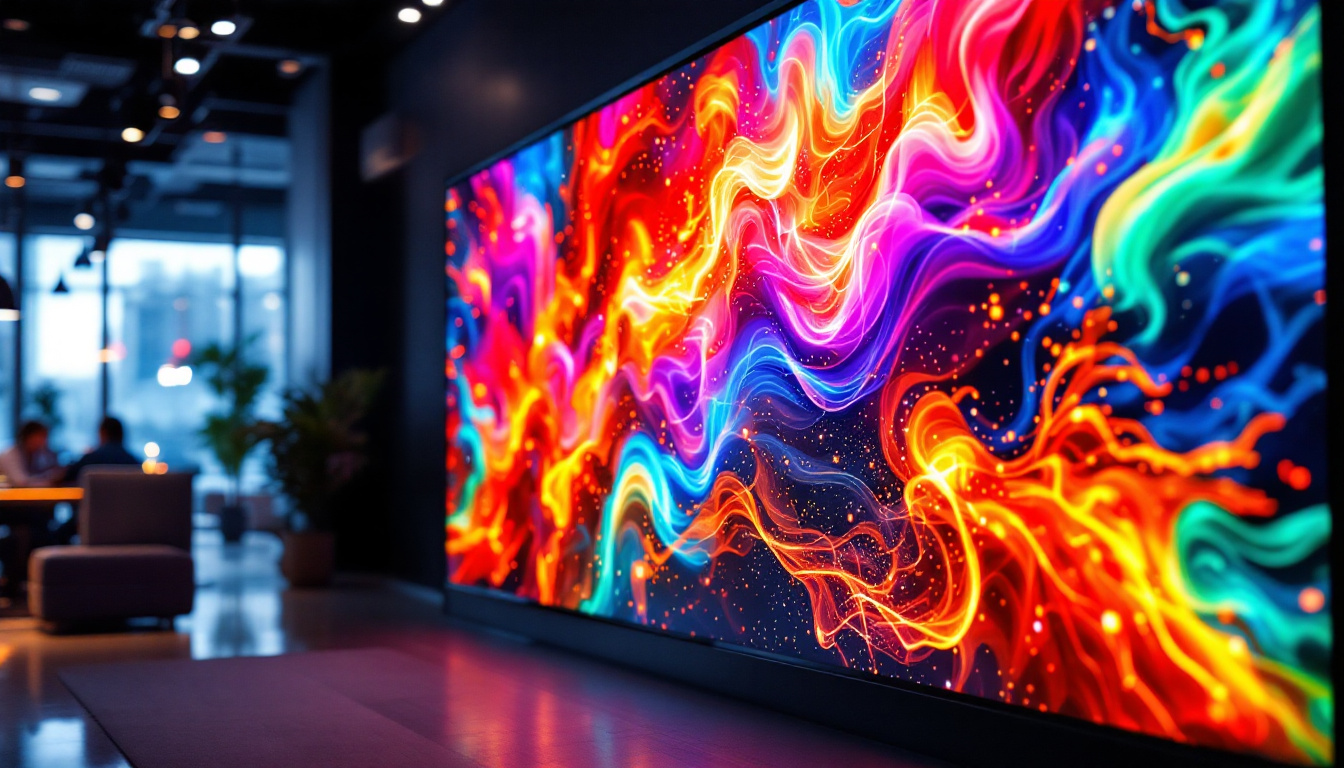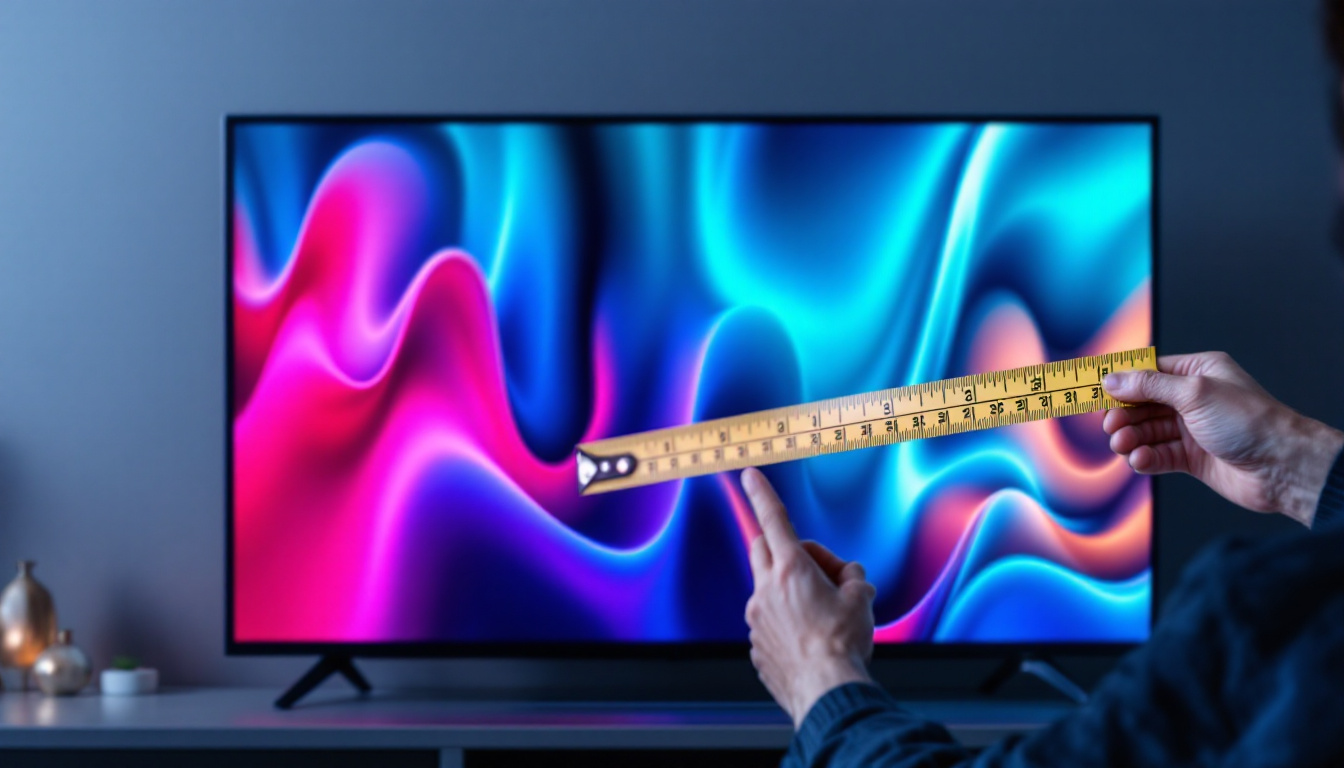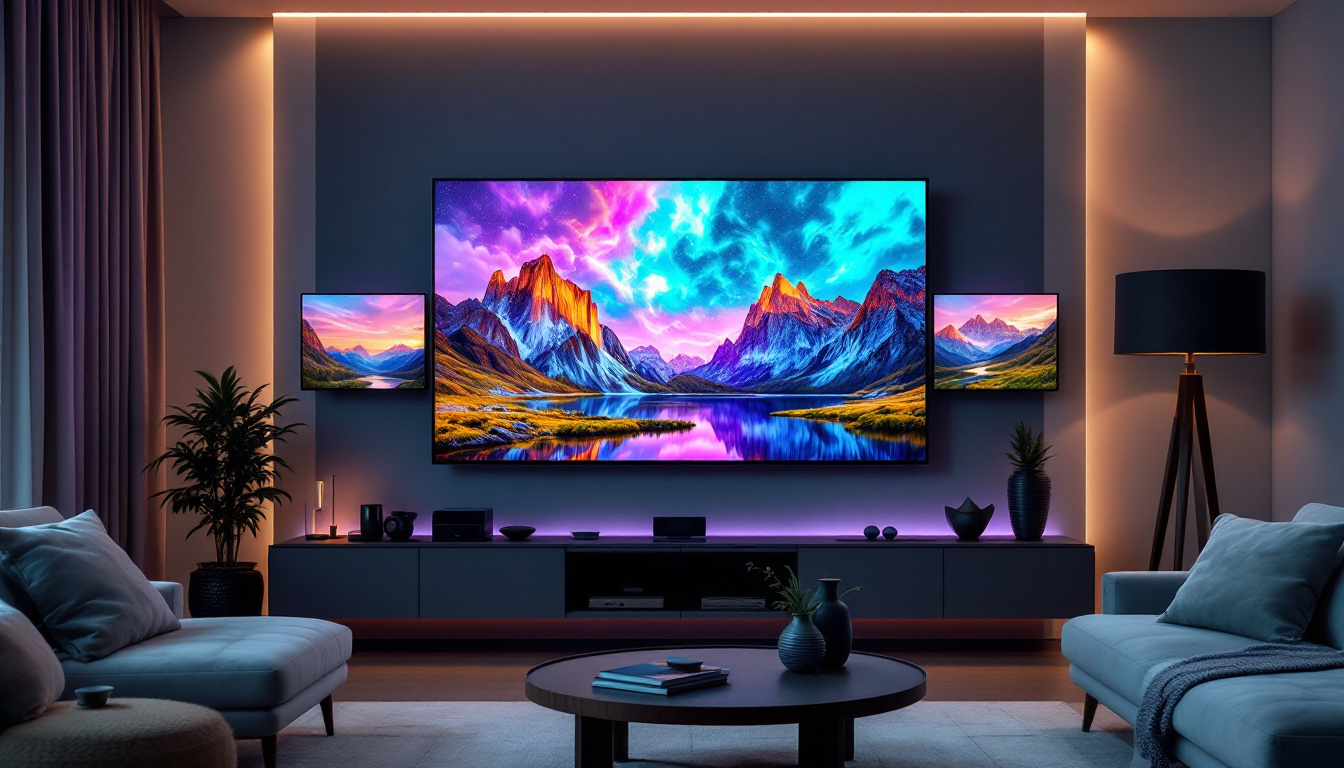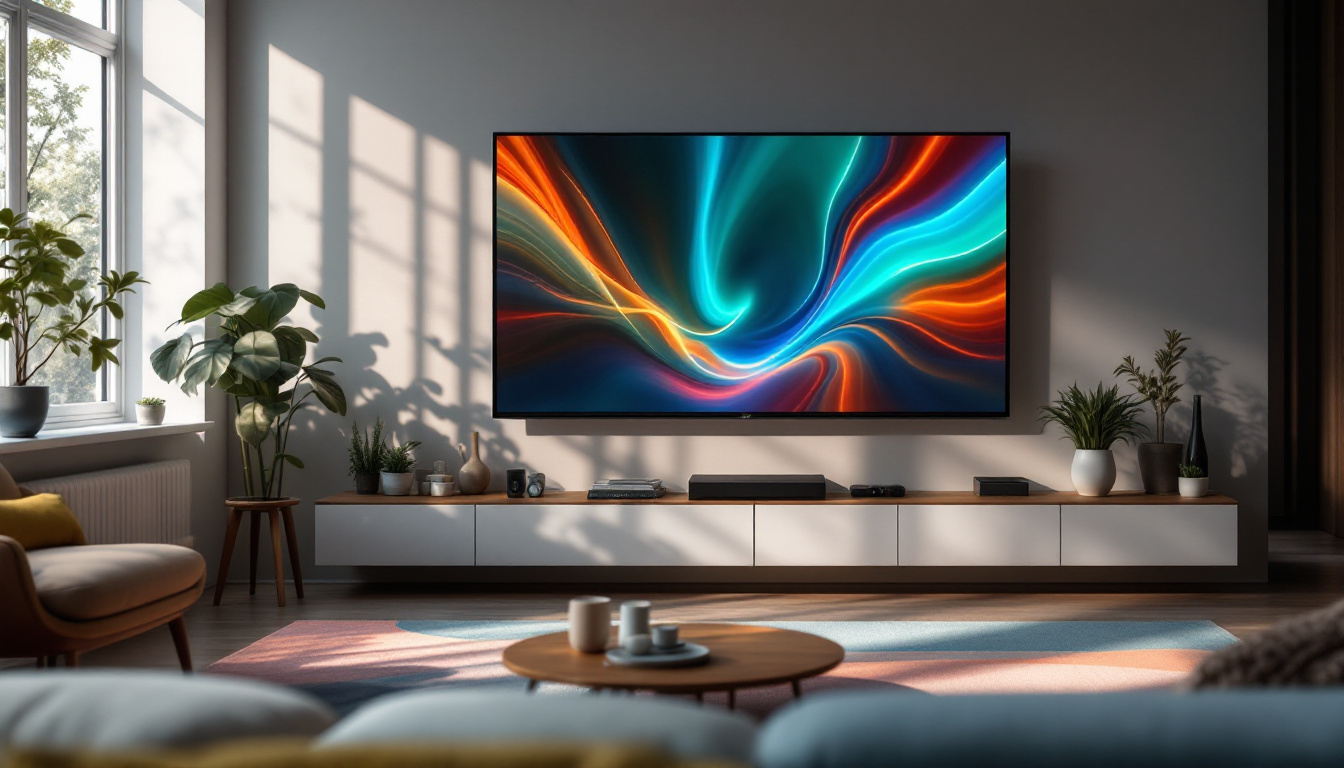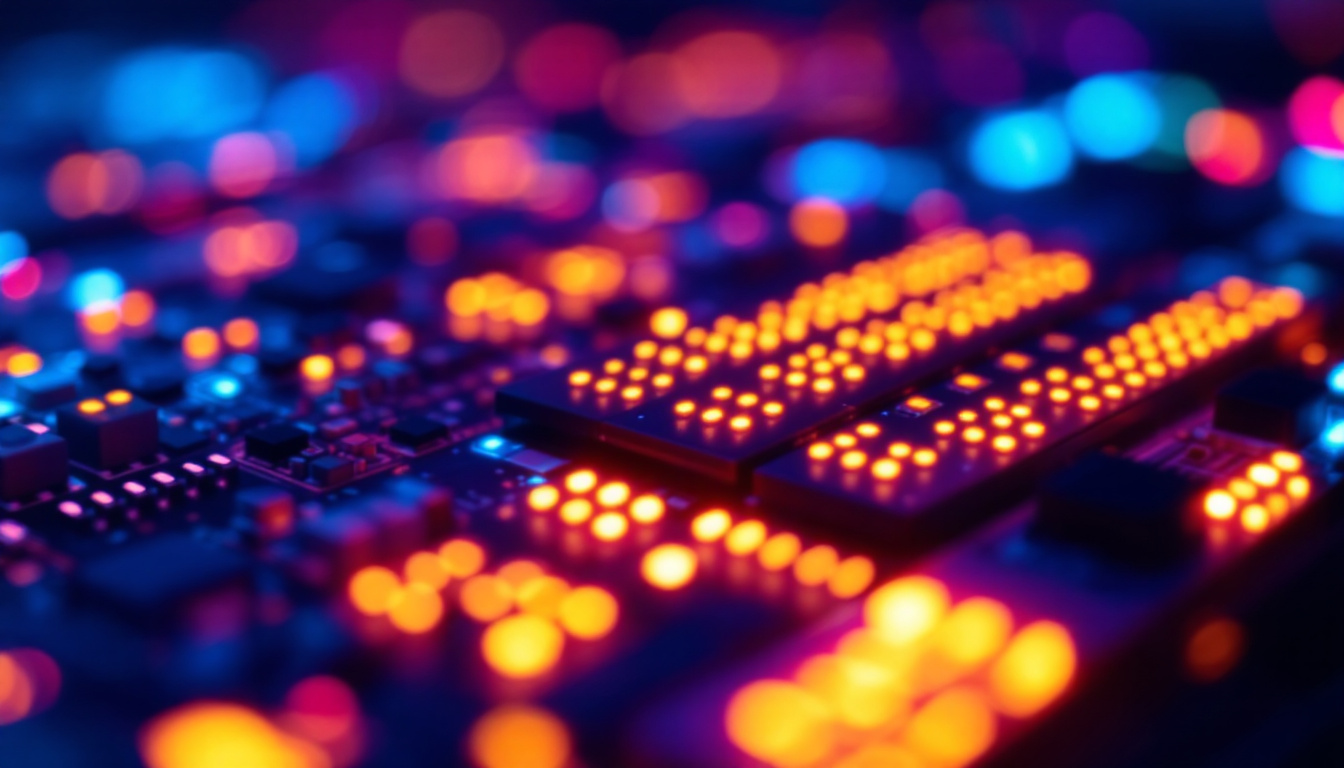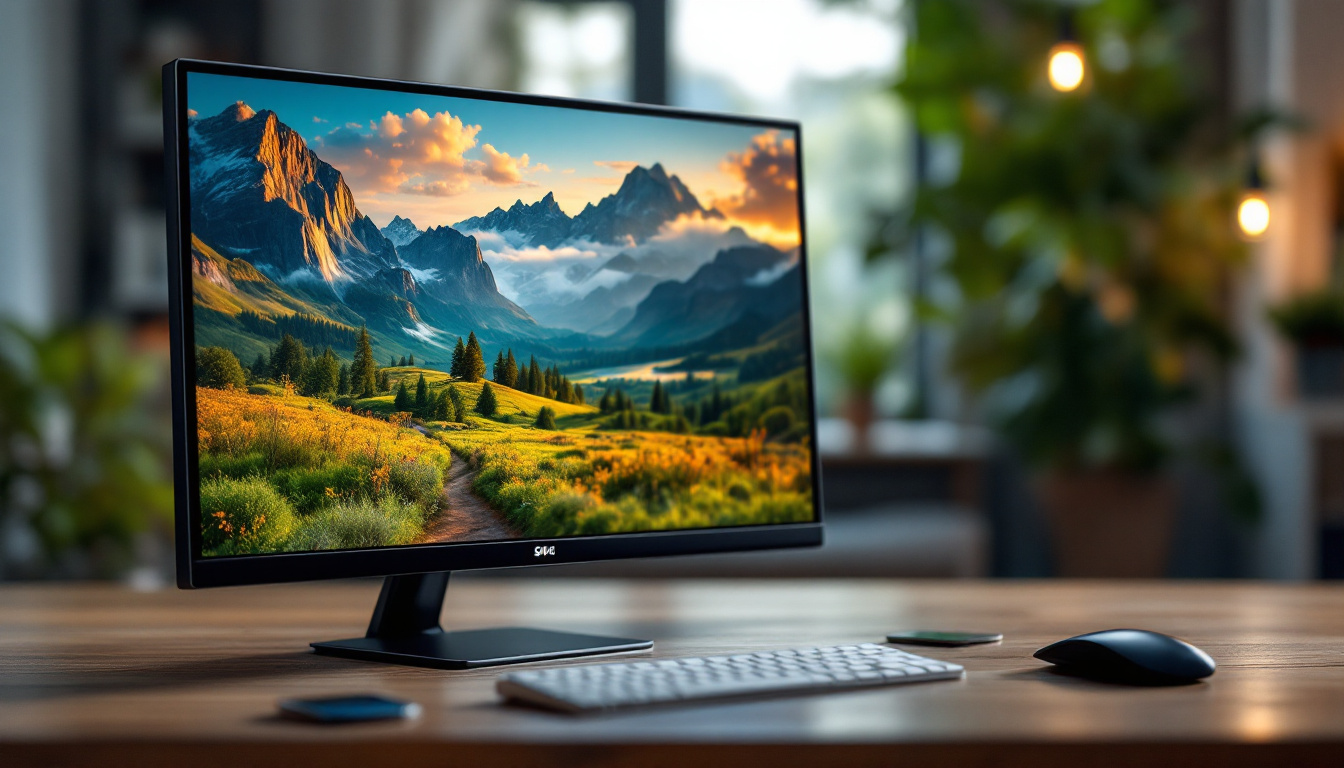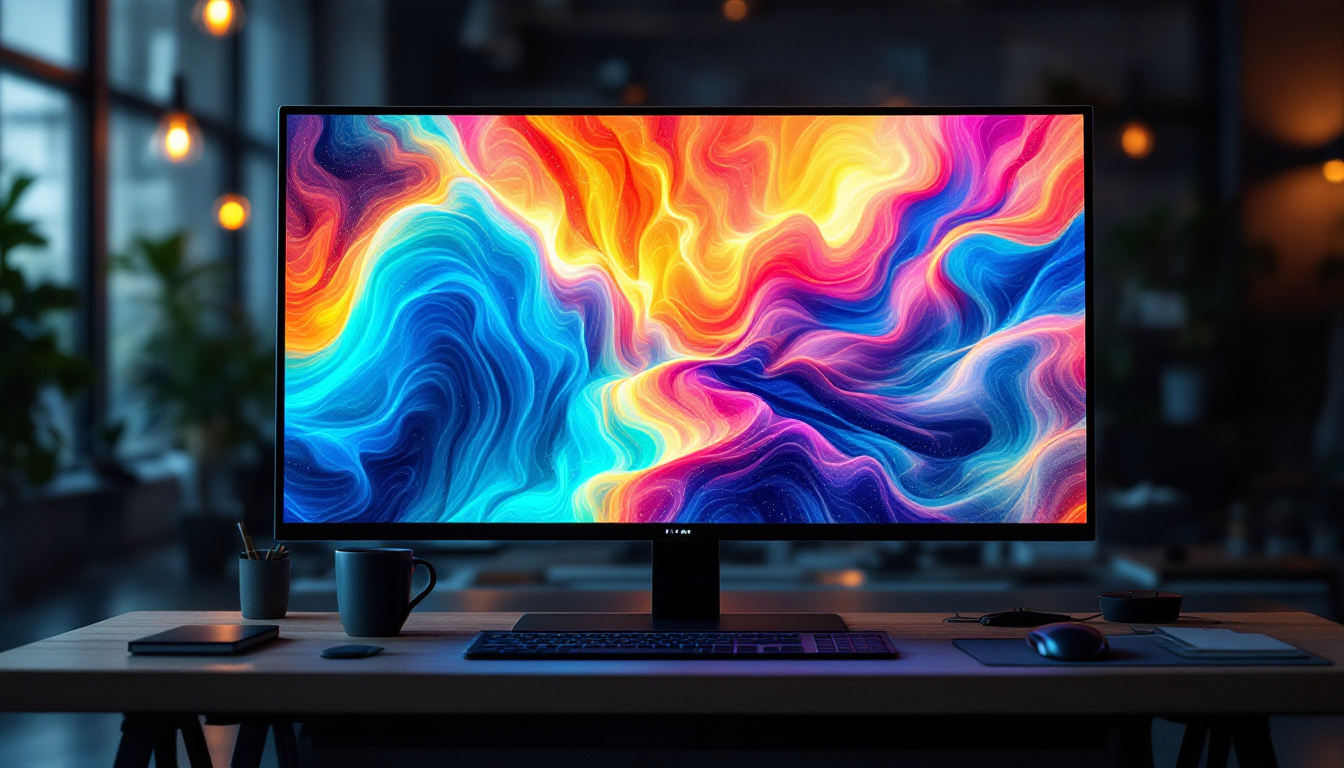A planer is a vital tool in woodworking and carpentry, primarily used to create flat surfaces on wood pieces. However, the introduction of LED displays in planers has revolutionized how users interact with these machines. This article delves into the intricacies of planers, focusing on the significance and functionality of LED displays.
Understanding the Basics of a Planer
A planer is designed to remove material from the surface of a workpiece, ensuring it is smooth and even. This tool is essential for achieving the desired thickness and flatness in wood, making it a staple in workshops. The process of planing not only enhances the aesthetic appeal of the wood but also prepares it for further treatments, such as staining or varnishing, which can significantly improve its durability and appearance.
Planers come in various types, including handheld models and stationary versions. Each type serves a specific purpose, but they all share the common goal of enhancing the quality of woodwork. The evolution of planers has led to the integration of advanced technology, including LED displays, which provide users with crucial information and control. Some modern planers even incorporate dust collection systems that help maintain a clean workspace, making the woodworking experience more enjoyable and efficient.
Types of Planers
There are primarily two types of planers: manual and electric. Manual planers require physical effort to operate, while electric planers offer more efficiency and consistency. Electric planers have become increasingly popular due to their speed and ease of use. They allow woodworkers to achieve a level of precision that is often difficult to attain with manual tools, especially when dealing with larger pieces of wood or when a high volume of work is involved.
Additionally, within electric planers, there are variations such as thickness planers and surface planers. Thickness planers are designed to achieve a specific thickness, while surface planers focus on creating a flat surface. Understanding these distinctions is essential for selecting the right tool for a specific woodworking project. For instance, a thickness planer is invaluable for preparing rough lumber to a uniform thickness, while a surface planer is perfect for flattening warped or twisted boards. Both types can significantly enhance the quality of the final product, ensuring that the wood is not only functional but also visually appealing.
The Role of LED Displays in Planers
LED displays have become a standard feature in modern planers, enhancing user experience and functionality. These displays provide real-time information about the machine’s operation, making it easier for users to achieve precise results.
One of the primary advantages of LED displays is their ability to show the thickness settings of the wood being planed. This feature allows users to make quick adjustments, ensuring that the desired thickness is achieved without the need for constant measuring. Additionally, many LED displays include a memory function that can store previously used settings, enabling users to switch between different thicknesses for various projects seamlessly.
Benefits of LED Displays
LED displays offer several benefits that significantly improve the usability of planers. Firstly, they enhance accuracy. By providing clear visual feedback, users can make informed adjustments, reducing the likelihood of errors. This is particularly beneficial when working with different types of wood, as each species may require slight variations in thickness for optimal results.
Secondly, LED displays contribute to efficiency. With easy-to-read settings and measurements, users can quickly set up their planers and get to work, saving valuable time in the woodworking process. The intuitive interface of these displays often includes graphical representations of the settings, allowing even novice users to understand the adjustments needed without extensive training. Furthermore, the bright illumination of LED screens ensures visibility in various lighting conditions, making them practical for both indoor and outdoor use.
Lastly, the integration of LED technology often includes additional features such as alerts for maintenance and operational status, further enhancing the user experience. For instance, many planers equipped with LED displays can notify users when the blades need sharpening or when the machine is overheating, thus preventing potential damage and ensuring optimal performance. This proactive approach to maintenance not only extends the lifespan of the planer but also enhances safety by reducing the risk of malfunction during operation.
How LED Displays Work in Planers
The functionality of LED displays in planers is rooted in their ability to communicate essential information to the user. These displays typically show various metrics, including depth of cut, feed rate, and operational status.
When the planer is in use, sensors detect the thickness of the material being processed and relay this information to the LED display. Users can then adjust the settings accordingly, ensuring that the machine operates optimally.
Common Display Features
Modern LED displays in planers often come equipped with several features designed to enhance usability. One common feature is the digital readout, which provides precise measurements of the thickness settings. This eliminates guesswork and allows for consistent results.
Another feature is the memory function, which enables users to save specific settings for future projects. This is particularly beneficial for professional woodworkers who require consistency across multiple jobs.
Additionally, many LED displays include indicators for maintenance reminders, alerting users when it’s time to perform routine checks or replace blades, thus ensuring the longevity and efficiency of the tool.
In addition to these features, some advanced LED displays offer real-time diagnostics, providing users with insights into the machine’s performance. This can include alerts for potential issues such as motor overheating or unusual vibrations, allowing for immediate corrective action. Such proactive monitoring not only enhances safety but also minimizes downtime, making it a valuable asset in a busy workshop environment.
Furthermore, many LED displays are designed with user-friendly interfaces that allow for easy navigation through various settings and options. Touchscreen capabilities are becoming increasingly common, enabling users to make adjustments quickly and intuitively. This ease of use is particularly important in high-pressure situations where time is of the essence, ensuring that operators can focus on their craft rather than struggling with complex controls.
Choosing the Right Planer with LED Display
When selecting a planer, particularly one with an LED display, several factors should be considered to ensure it meets specific needs. The type of woodworking projects, frequency of use, and budget are all critical elements to evaluate. For instance, hobbyists may prioritize affordability and ease of use, while professional woodworkers might seek advanced features that enhance precision and efficiency.
It is also essential to consider the size and weight of the planer. While stationary models offer stability, portable options provide flexibility for various job sites. Additionally, the quality of the LED display itself should be assessed; a bright, clear display will enhance usability, especially in low-light conditions. Some models even feature backlit displays, which can be particularly advantageous when working in dimly lit workshops or outdoor environments.
Key Features to Look For
In addition to the LED display, several other features can enhance the functionality of a planer. A powerful motor is crucial for efficient operation, especially when working with dense hardwoods. The cutting width is another important consideration, as wider planers can handle larger boards, reducing the number of passes required and saving valuable time on larger projects.
Moreover, features such as adjustable feed rates and dust collection systems can significantly improve the user experience. A good dust collection system helps maintain a clean workspace, while adjustable feed rates allow for more control over the cutting process. Some advanced models even offer integrated sensors that automatically adjust the feed rate based on the material being processed, ensuring optimal performance and reducing the risk of tear-out. Additionally, look for planers that come with easy-to-replace blades, as this can save time and increase productivity, allowing you to focus more on your craft rather than maintenance.
Maintenance of Planers with LED Displays
Proper maintenance is essential for ensuring the longevity and performance of planers, especially those equipped with LED displays. Regular cleaning and inspection of the blades and other components can prevent issues and enhance efficiency.
It is also important to keep the LED display clean and free from dust and debris. A clear display is crucial for accurate readings and adjustments. Users should refer to the manufacturer’s guidelines for specific maintenance recommendations to keep their planers in optimal condition.
Common Maintenance Tips
One of the most important maintenance tasks is to regularly check and replace the blades. Dull blades can lead to poor performance and uneven surfaces. Users should also ensure that the planer is calibrated correctly, as this affects the accuracy of the LED display.
Additionally, keeping the machine lubricated and free from rust will enhance its lifespan. Regularly inspecting the electrical components, especially the LED display, can prevent unexpected failures during operation.
Conclusion
In summary, planers are essential tools in woodworking, and the integration of LED displays has significantly enhanced their functionality. These displays provide users with real-time information, improving accuracy and efficiency in the woodworking process.
When choosing a planer, it is crucial to consider various factors, including the type of projects, features, and maintenance requirements. With proper care, a planer equipped with an LED display can serve as a reliable companion for both amateur and professional woodworkers alike.
As technology continues to evolve, the capabilities of planers are likely to expand, making them even more indispensable in the world of woodworking.
Enhance Your Woodworking with LumenMatrix LED Displays
Ready to take your woodworking projects to the next level? Discover the unparalleled precision and quality that LumenMatrix LED display technology can bring to your workshop. With a wide array of solutions including Indoor and Outdoor LED Wall Displays, Vehicle LED Displays, and even Custom LED Displays, LumenMatrix is committed to revolutionizing your visual experience. Elevate your craft with our cutting-edge digital signage and LED displays, designed to enhance engagement and bring clarity to your creative endeavors. Check out LumenMatrix LED Display Solutions today and see the difference for yourself!

